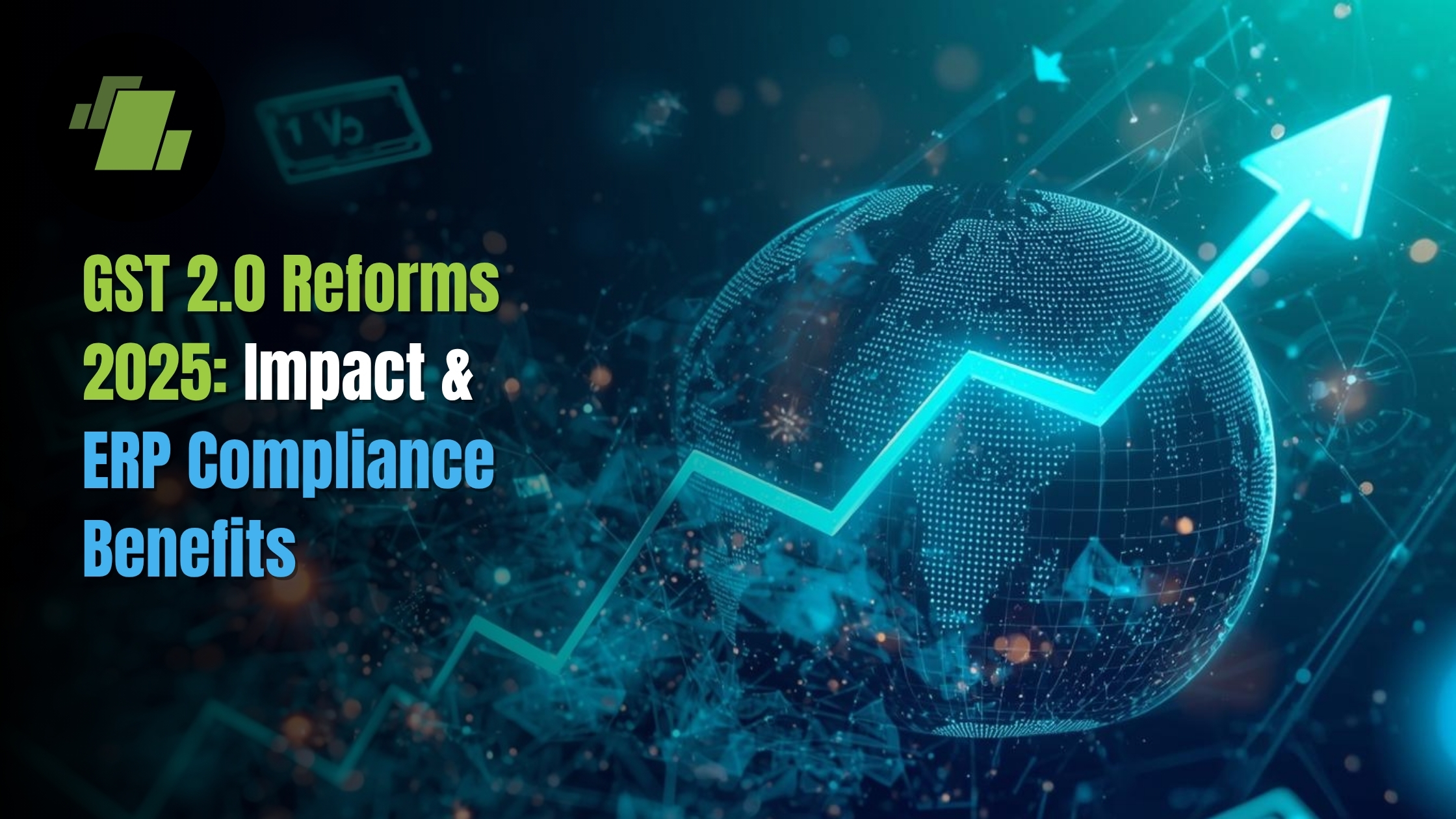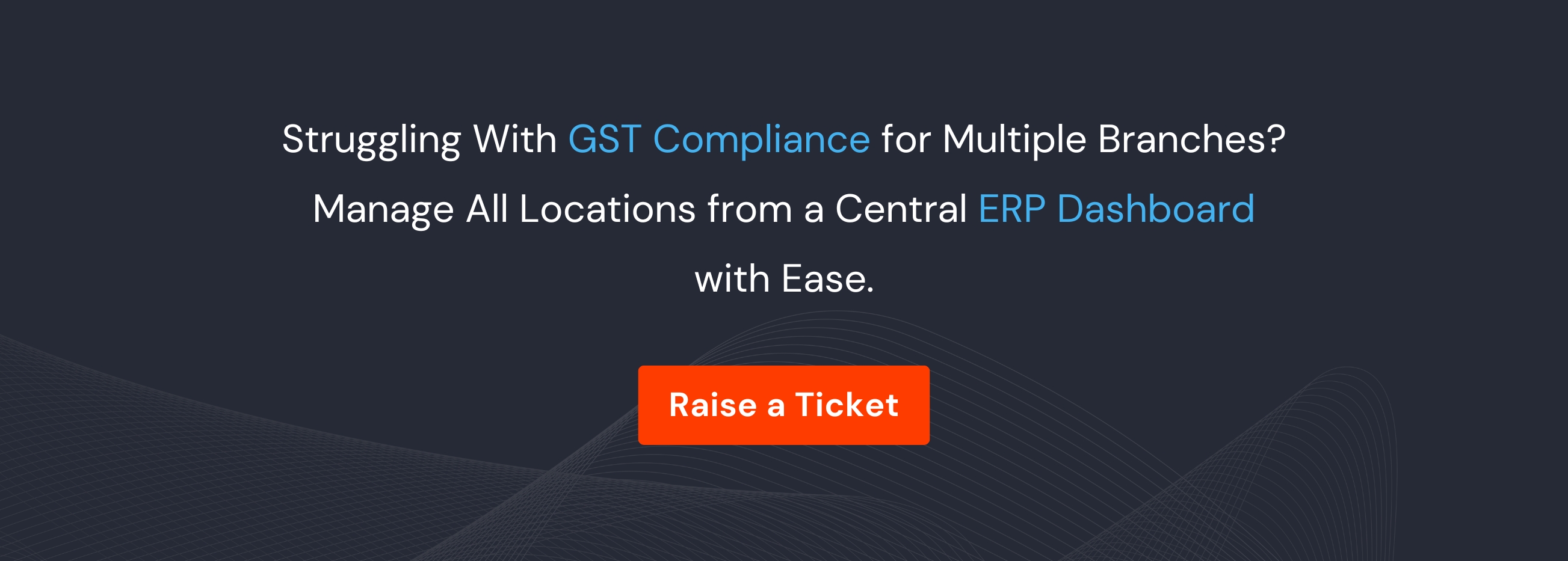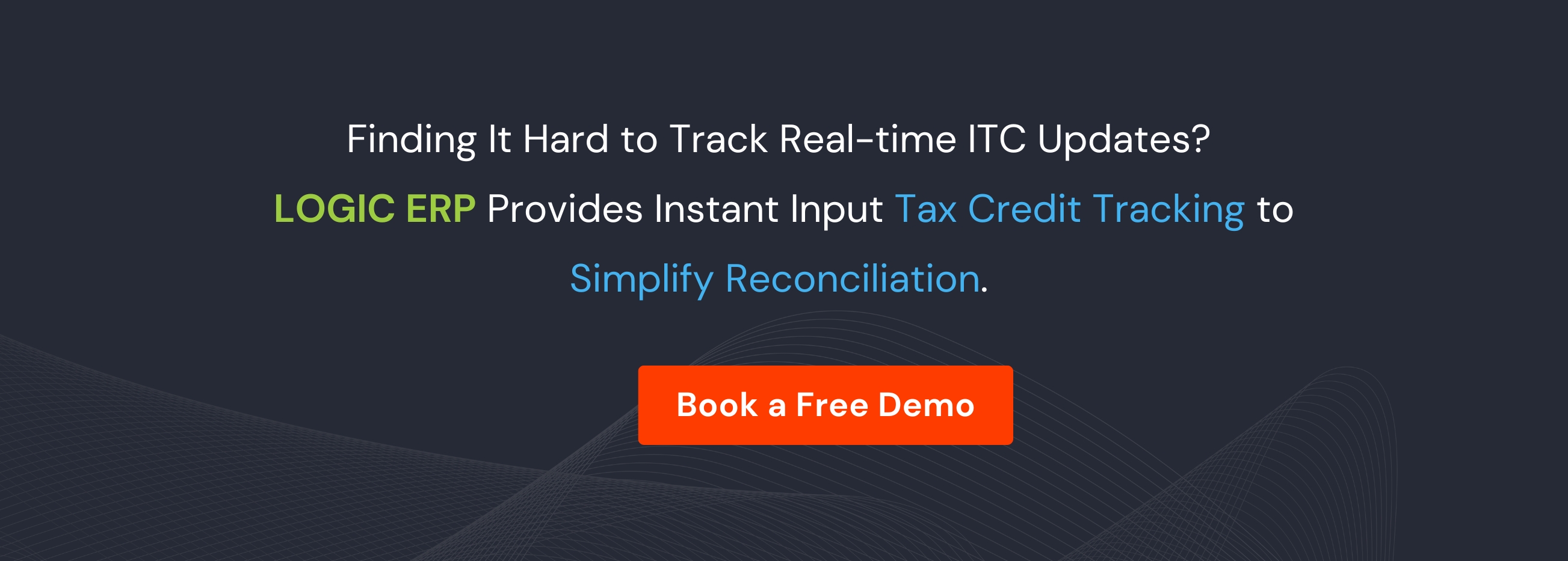

Introduction
The launch of GST 2.0 Reforms 2025 is a landmark moment for India’s taxation framework. Designed to simplify compliance, increase transparency, and curb tax evasion, this new version of the Goods and Services Tax India 2025 brings automation, AI, and digital-first reforms for businesses of all sizes. While the impact of GST 2.0 on businesses will be transformative, the role of ERP software for GST 2.0 compliance will be equally critical in helping companies adapt smoothly to these changes.
What is GST 2.0?
GST 2.0 is the next-generation digital GST system 2025 aimed at making tax compliance seamless. It resolves challenges of the earlier system like delayed ITC claims, mismatches, and complex return filing. It introduces digital-first features like real-time ITC updates, automated reconciliations, and expanded e-invoicing compliance, making tax administration more effective and seamless for businesses.
Why GST 2.0 Reforms Were Introduced
The government introduced GST new reforms 2025 to simplify processes, integrate technology, and strengthen transparency. Frequent mismatches in ITC claims, delays in reconciliations, and rising compliance burden for SMEs highlighted the need for an advanced version of GST.
The focus is on AI in GST compliance, fraud detection, and easing compliance for SMEs, startups, exporters, and large enterprises.
Key Highlights of GST 2.0
- Unified simplified GST return filing system
- Real-time GST input tax credit ERP tracking
- Expanded GST e-invoicing reforms 2025 for all businesses
- AI-driven GST compliance automation
- Updated GST slabs and updates 2025 for specific sectors
Key Features of GST 2.0 Reforms 2025
Simplified GST Return Filing
With GST return filing automation, businesses will file fewer forms with reduced duplication, saving time and costs.
Automated Reconciliations
ERP-integrated GST 2.0 enables GST compliance automation, reconciling purchase and sales data without manual errors.
Real-Time Input Tax Credit (ITC) Updates
Instant ITC availability improves liquidity, allowing SMEs and large enterprises to manage cash flows efficiently.
Expansion of E-Invoicing
GST 2.0 ERP integration ensures compliance with expanded e-invoicing rules, even for small businesses.
AI-Driven Fraud Detection and Compliance Tracking
With AI in GST compliance, the system detects anomalies and prevents fraudulent claims.
Impact of GST 2.0 on Businesses
Impact on SMEs and Startups
GST 2.0 benefits for businesses include reduced compliance costs, real-time ITC, and faster refunds, especially for SMEs and startups.
Impact on Large Enterprises
For enterprises, ERP solutions for GST compliance ensure smooth filing across multiple branches, automated reconciliations, and fraud prevention.
Impact on Exporters and Importers
GST reforms for exporters and importers bring quicker refunds, automated credit tracking, and fewer delays in trade documentation.
Impact on Retail, Manufacturing, and Distribution
High-volume industries like retail, e-commerce, manufacturing, and wholesale distribution will benefit from GST-ready ERP software with e-invoicing and compliance dashboards.
How ERP Software Helps Businesses Adapt to GST 2.0
Automated GST Return Filing
ERP software for GST 2.0 auto-generates and files GST returns, reducing manual intervention.
Input Tax Credit Tracking
GST input tax credit ERP modules provide real-time visibility on credit utilization.
E-Invoicing Integration
With ERP + GST 2.0 ERP integration, businesses generate and validate invoices instantly.
Compliance Dashboards
GST compliance software offers dashboards to monitor filings, ITC status, and pending reconciliations.
AI-Powered Validations
AI in GST compliance ensures accurate invoices, eliminating mismatches and penalties.
Benefits of ERP + GST 2.0 Compliance
- Faster and accurate GST return filing automation
- Real-time ITC tracking for better liquidity
- Simplified compliance across multiple branches
- Integrated e-invoicing under GST new reforms 2025
- AI-based fraud detection and risk mitigation
- Reduced compliance burden for SMEs and enterprises
- Improved transparency in tax reporting
Challenges Without ERP
- Manual return filing errors under GST 2.0 India
- Delays in ITC claims and reconciliations
- Increased compliance costs
- Difficulty handling GST e-invoicing reforms 2025
- Risk of penalties due to mismatches
GST 2.0 vs ERP-Enabled GST Compliance
This table describes the difference between GST 2.0 and ERP-enabled GST compliance, highlighting how ERP solutions automate processes, ensure real-time tracking, and reduce errors compared to manual or portal-based compliance under GST 2.0.
| Features | GST 2.0 Only | ERP + GST 2.0 Integration |
|---|---|---|
| Return Filing | Manual / portal-based | Automated within ERP |
| ITC Tracking | Limited, manual verification | Real-time ITC updates |
| E-Invoicing | Requires manual uploads | Auto-generated in ERP |
| Compliance Monitoring | Basic portal status | Centralized dashboards |
| Fraud Detection | Government checks only | AI-powered ERP validation |
Industries That Benefit Most with ERP under GST 2.0
Retail & E-commerce
Retailers and online sellers can efficiently process large volumes of invoices and manage GST reconciliations using ERP solutions.
Manufacturing
Producers can streamline ITC claims for raw materials while maintaining full transparency in tax operations.
Distribution & Wholesale
Wholesalers and distributors can oversee multi-location tax filings and automate compliance effortlessly.
Services Sector
Service providers can simplify billing and monitor adherence to GST regulations effectively with ERP support.
Conclusion
The future of GST in India after 2025 lies in digitization, AI, and automation. The impact of GST 2.0 on businesses will be massive, bringing efficiency and transparency across industries. However, without technology, businesses may struggle to stay compliant.
That’s why adopting GST compliance software like LOGIC ERP, designed as GST-ready ERP software, is essential. It ensures real-time filing, automated reconciliations, and compliance dashboards for effortless GST 2.0 integration.
Stay compliant. Stay future-ready. Choose LOGIC ERP for seamless GST 2.0 ERP integration.
Frequently Asked Questions (FAQs)
Q1. What is GST 2.0 and why is it introduced?
GST 2.0 is the upgraded tax framework introduced in 2025 to simplify return filing, reduce fraud, and automate compliance with AI in GST compliance.
Q2. How will GST 2.0 impact small and medium businesses?
It reduces compliance costs, speeds up ITC claims, and automates filing, key benefits of GST 2.0 for SMEs.
Q3. What are the key features of GST 2.0 reforms 2025?
Features include simplified filing, real-time ITC, GST e-invoicing reforms 2025, automated reconciliations, and AI-driven compliance tracking.
Q4. Why is ERP software important for GST 2.0 compliance?
ERP software for GST 2.0 automates return filing, ITC tracking, and ensures GST compliance automation.
Q5. Which industries will benefit most from ERP integration under GST 2.0?
Retail, manufacturing, wholesale distribution, e-commerce, and services will benefit most with ERP solutions for GST compliance.
Q6. What challenges will businesses face without ERP in GST 2.0?
Manual errors, delayed ITC, higher compliance costs, and difficulty handling GST new reforms 2025 like e-invoicing.
Q7. Is ERP required for GST 2.0 compliance?
ERP software for GST 2.0 compliance can make a huge difference for businesses. The new reforms introduce real-time ITC, expanded e-invoicing, and stricter compliance checks, which can be challenging to manage manually. LOGIC ERP helps businesses automate return filing, track ITC effortlessly, and stay updated with every change in GST rules, making GST 2.0 compliance smooth and hassle-free.




